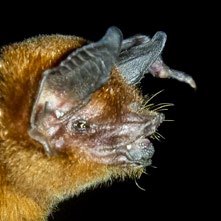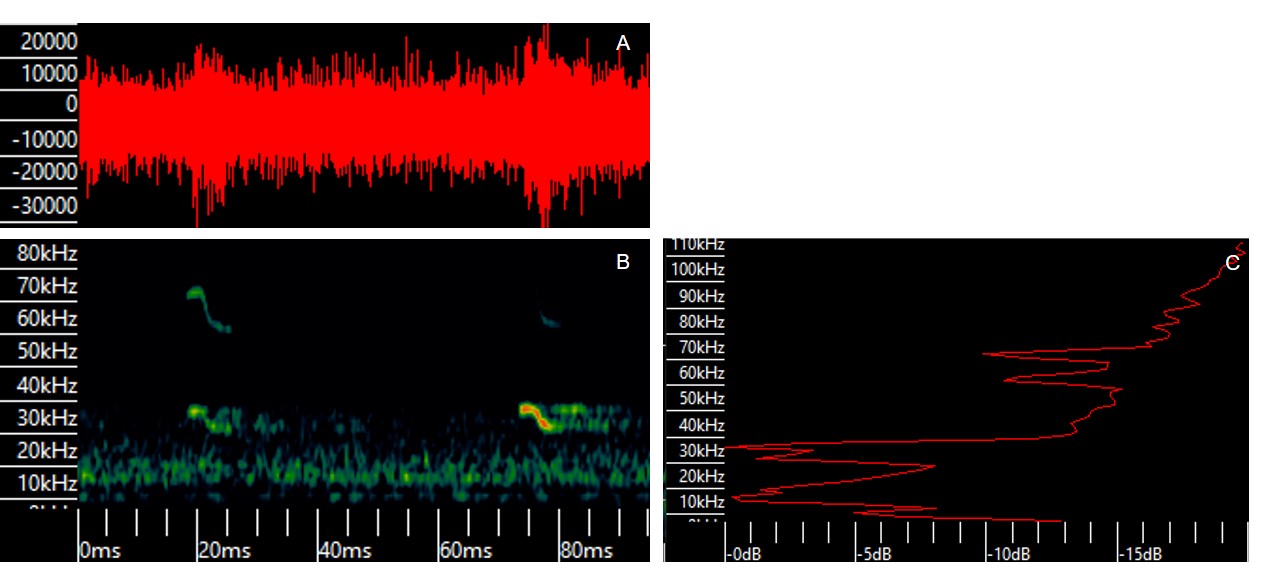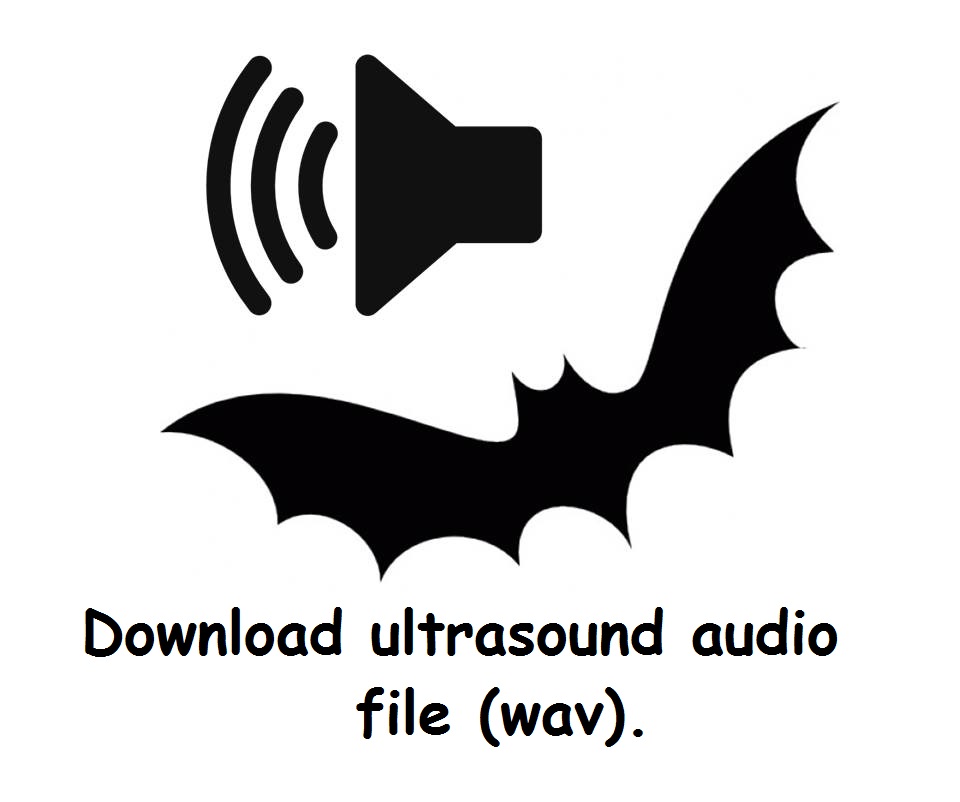Languages
Pteronotus personatus
Pteronotus personatus
 Head body vary between 45 a 55 mm and the weight can be 6,5 to 10 g. Pteronotus personatus is easily distinguished from other mormoopids occuring sympatry based on small size and hair-covered back. Dorsal pelage varies from dark brown to reddish brown and ocherous. Ventral pelage is paler than on back and head.
Head body vary between 45 a 55 mm and the weight can be 6,5 to 10 g. Pteronotus personatus is easily distinguished from other mormoopids occuring sympatry based on small size and hair-covered back. Dorsal pelage varies from dark brown to reddish brown and ocherous. Ventral pelage is paler than on back and head.
They occur in dry and rainforests, and gallery forests. Its occurence is probably restricted to sites that provide specific roosting requirements.
Is commonly reported foraging over water bodies or in dense vegetation near streams. Echolocation calls consist of short constant frequency and frequency modulated pulses. Their calls are similar to “lazy Z” and commonly the frequency maximum energy (FME) its in second harmonic and the end frequency (EF) can be vary from 62-69 kHz.
The distribution is from Nicaragua to Costa Rica and Panama to northeast and center of Brazil, east of Peru, northeast of Bolivia, including lowlands of Colombia, Venezuela, Guyanas and Trinidad I.
Figure 1. Pteronotus personatus echolocation. A) Oscillogram of the acoustic pulses; B) Spectogram of an echoloction call; C) Force spectogram.




